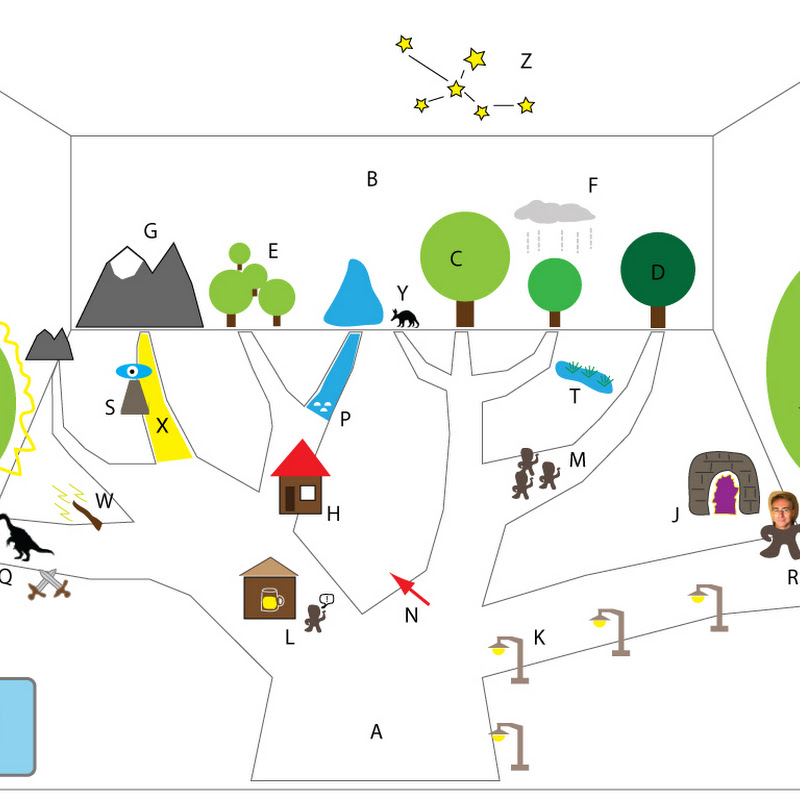More zoom viewer experiments (see previous post), this time with a linked map that updates as you browse the tree (SVG-capable browser required). As you browse the frog classification the map updates to show the location of georeferenced sequences in GenBank from the taxa in the part of the tree you are looking at. The map is limited to not more than 200 localities, and many frog sequences aren't georeferenced, but it's a fun way to combine
iPhylo
Now we'll bring the awesome. Mendeley have announced The Mendeley API Binary Battle, with a first prize of $US 10,0001, and some very high-profile judges (Juan Enriquez, Tim O'Reilly, James Powell, Werner Vogels, and John Wilbanks). Deadline for submission is August 31st 2011, with the results announced in October. The criterion for judging are:How active is your application? We’ll look at your API key usage.How viral is the app?

Following on from my previous post on microcitations I've blasted all the citations in Nomenclator Zoologicus through my microcitation service and created a simple web site where these results can be browsed.The web site is here: http://iphylo.org/~rpage/nz/.To create it I've taken a file dump of Nomenclator Zoologicus provided by Dave Remsen and run all the citations through the microcitation service, storing the results in a simple database.

One of the challenges of linking databases of taxonomic names to the primary literature is the minimal citation style used by nomenclators (see my earlier post Nomenclators + digitised literature = fail).For example, consider Nomenclator Zoologicus.
BioStor has had a Twitter account @biostor_org for a while, but it's not been active.
Continuing experiments with a zoom viewer for large trees (see previous post), I've now made a demo where the labels are clickable. If the NCBI taxon has an equivalent page in Wikipedia the demo displays and link to that page (and, if present, a thumbnail image). Give it a try athttp://iphylo.org/~rpage/deeptree/3.htmlor watch the short video clip below: Zoomable viewer with Wikipedia thumbnails from Roderic Page on Vimeo.

Mendeley has added a feature which makes it easier to use Mendeley with repositories such as BioStor and BHL.
After the teaser on Friday (see Deep zooming a large 2D tree) I've put a live demo of my experiments with viewing a large tree online at:http://iphylo.org/~rpage/deeptree/The first example (Experiment 1) is the NCBI classification for frogs: Simple deep tree viewer from Roderic Page on Vimeo.This version displays internal node labels, leaf labels (as many as can be displayed at a given zoom level), and works in Safari, Firefox, and Internet
Here's a quick demo of a 2D large tree viewer that I'm working on. The aim is to provide a simple way to view and navigate very large trees (such as the NCBI classification) in a web browser using just HTML and Javascript. At the moment this is simply a viewer, but the goal is to add the ability to show "tracks" like a genome browser.

Matt Yoder (@mjyoder had a Twitter conversation yesterday about phylogeny viewers, prompted by my tweeting about my latest displacement activity, a 2D tree browser using the tiling approach made popular by Google Maps.As part of that conversation, Matt tweeted:Well, Matt's imagination has gone into overdrive, and he's blogged about his ideas. This issue deserves more exploration, but here are some quick thoughts.